3 Ways to Improve Your Score
Step-by-step guidance on how to restore life and beauty to your land
FREE
Review the Do’s & Don’ts
FREE
Join a 12-week challenge
$49
Get your personalized rewilding plan
Better for nature.
Easier for you.
A simple way to begin your rewilding journey. No matter where you live, our digital offering brings expert guidance straight to you.
This personalized plan is tailored to your property, your Ecoregion, and gives you clear, practical steps to get started on your own.
Wildr Plan
$49.00
Wildr Plans are based on your Wildr Score: a free, 5-minute quiz that gives you a snapshot of your yard’s health right now.
Learn about the science behind the Score.
We make rewilding simple.
Wildr Plan
$49.00

Real impact. Real feedback.
-
“I looked at my Plan and was like, Oh my gosh, this is what I’ve been looking for! It is really helpful.”
- Taylor M.
-
“The guide is clear and informative, allowing me to transform at my own pace and understand the wildlife to know we’re on the right path to creating a better backyard ecosystem.”
Sarah T.
-
“I got the guidance I needed to feel confident in transforming our entire landscape. We’ve finally been able to execute on our vision!”
Alanna R.
Rewilding Quick Start Guide
Do’s
Plant native trees, shrubs, and flowers.
Native plants feed birds, bees, and butterflies. They’re the building blocks of food webs. More layers = more life.
Shrink your lawn.
Lawns are dead zones — restore life by planting native habitat.
Leave the leaves, keep the logs.
Fallen leaves, brush, and dead wood provide food, shelter, and nutrients for pollinators, soil, and wildlife.
Buy from local nurseries.
Big-box plants often come with hidden pesticides and local nurseries usually have a native plant section.
Learn and remove invasives.
Invasives destroy natural food webs.
Observe and document biodiversity.
Noticing which birds, pollinators, and insects visit your yard helps track ecological health—and your iNaturalist observations can even boost your Wildr Score.
Don't leave outdoor lights on at night.
Lights kill insects and disorient migrating birds.
Don't use pesticides or herbicides — even organic.
They all harm soil, water, and pollinators.
Don't blast leaves with leaf blowers.
You’re destroying crucial insect habitat.
Don't plant invasive exotic species.
Ornamental invaders like burning bush escape into wild lands and take over.
Don’t “clean up” too early in spring.
Wait until temps are consistently above 50°F—pollinators are still overwintering in leaves and stems.
Don’t overcrowd your landscape with hardscape.
Too much mulch, gravel, or pavement blocks habitat and stormwater absorption.
Dont’s
Looking for free DIY support?
Join the Less Lawn More Life challenge — our free, 12-week guided journey to restore nature right in your own yard.
Each week, you’ll get one simple, doable action delivered by email — plus expert tips and inspiration from leaders in the rewilding movement.
By the end, you’ll go from measuring your Wildr Score™ to celebrating a yard that’s healthier, wilder, and buzzing with life.









